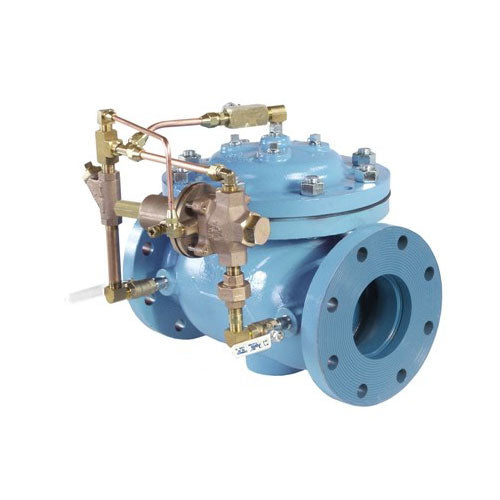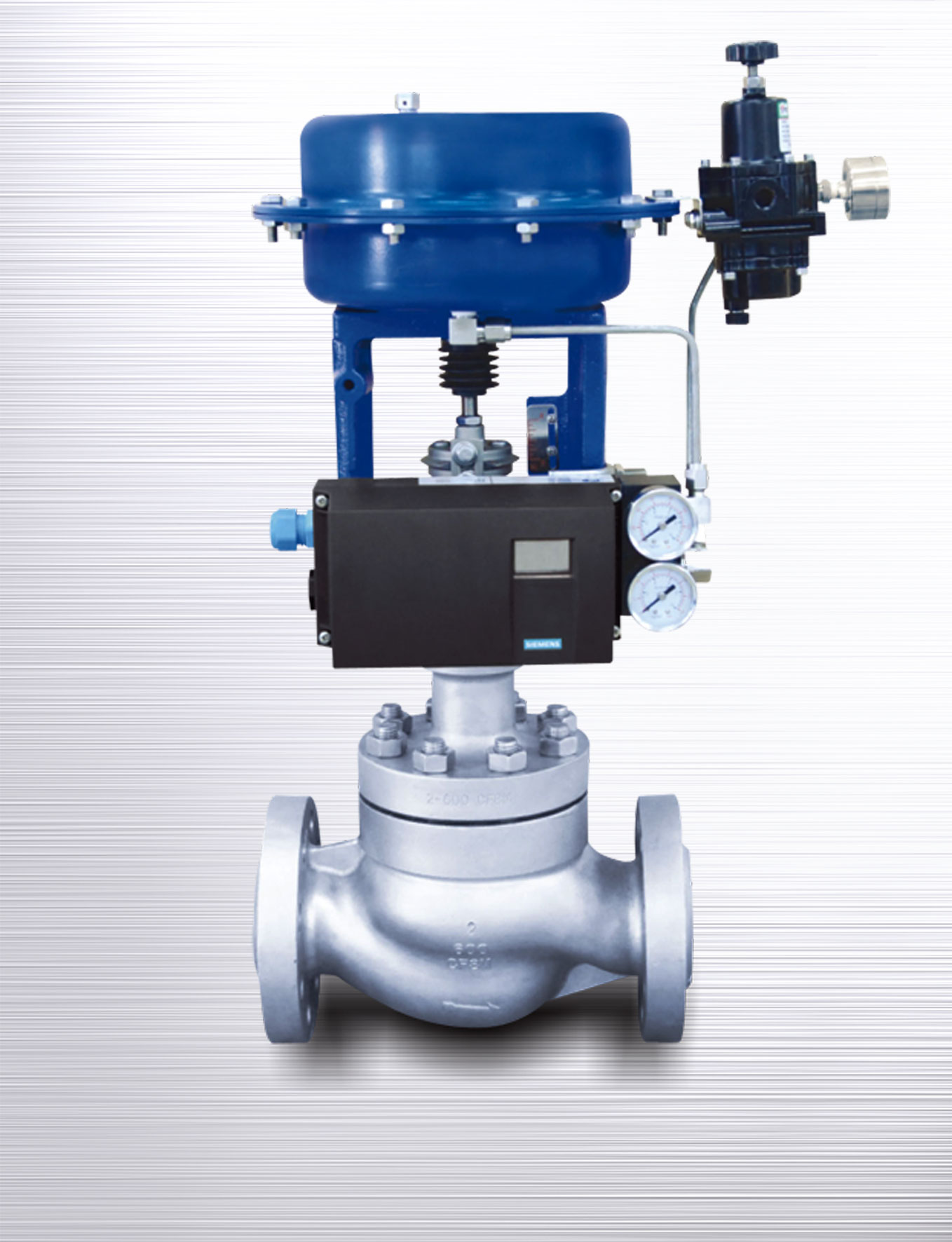Choosing the Right Control Valves: A Guide to Optimum System Efficiency
Choosing the Right Control Valves: A Guide to Optimum System Efficiency
Blog Article

Maximize Energy Cost Savings and Convenience With Advanced Building Automation Controls
In the world of contemporary architecture and facility monitoring, the integration of advanced structure automation manages stands as a critical advancement. By taking advantage of the power of automation, structures can adapt, respond, and develop in ways that were once unbelievable.
Energy Performance Perks
Power efficiency advantages can significantly lower energy usage and operational prices in buildings. By applying energy-efficient methods and technologies, building owners and operators can achieve substantial cost savings while additionally adding to ecological sustainability. One of the key benefits of enhancing energy effectiveness in structures is the reduction of utility bills. Energy-efficient systems, such as advanced building automation controls, can maximize using sources like heating, air conditioning, and lights, leading to lower energy expenses with time.
In addition, improved power efficiency can prolong the lifespan of building equipment and systems. By running a lot more efficiently, a/c systems, lighting components, and various other structure parts experience less damage, resulting in lowered upkeep and substitute costs. Furthermore, energy-efficient buildings typically regulate greater building worths and rental prices, supplying long-term economic benefits to proprietors.
Furthermore, energy efficiency can enhance passenger comfort and performance. Properly managed interior settings with ideal lights and thermal conditions produce a more pleasurable and conducive work area, resulting in enhanced staff member contentment and performance. On the whole, the power performance benefits related to advanced building automation controls are complex, incorporating price savings, ecological stewardship, and passenger wellness.
Boosted Convenience Control
Enhancing comfort control in structure atmospheres needs a sophisticated assimilation of sophisticated automation systems for optimum occupant well-being. By using sophisticated building automation controls, facilities can tailor the interior setting to fulfill the details requirements and preferences of residents. These systems make it possible for exact regulation of temperature level, lights, and ventilation, creating a productive and comfy ambience. Passenger satisfaction and performance are carefully linked to thermal comfort, making it vital to have systems in location that can adapt to changing problems in real-time.
By integrating these sophisticated controls, structures can not only boost convenience however also enhance power effectiveness by enhancing system operations based on actual occupancy and use patterns. Ultimately, prioritizing passenger comfort through advanced automation systems leads to a more delightful and much healthier interior setting.
Functional Efficiency Improvements

Additionally, the application of real-time tracking and analytics tools makes it possible for structure check my reference operators to recognize power inefficiencies and operational abnormalities promptly. By continuously keeping an eye on energy use patterns and system efficiency metrics, adjustments can be made in real-time to enhance power intake and ensure peak operational performance. control valves. Additionally, including need response techniques into structure automation controls can further enhance operational efficiency by dynamically readjusting energy usage based upon grid problems and rates signals
Indoor Environment Optimization
Effective interior environment optimization is a fundamental aspect of building automation controls, guaranteeing residents' comfort and health while maximizing energy savings. By using innovative sensors and controls, building automation systems can continually adjust and keep an eye on temperature, humidity levels, air quality, and air flow to create an optimum indoor setting. Preserving regular and comfy problems not just enhances passenger complete satisfaction however additionally increases productivity and general wellness.
Interior climate optimization likewise plays an essential duty in power performance. By fine-tuning air conditioning, heating, and ventilation systems based on real-time data and occupancy patterns, constructing automation controls can substantially decrease power usage - control valves. Carrying out approaches such as demand-controlled air flow and thermal zoning can help minimize power waste while guaranteeing that each area of the structure gets the necessary conditioning.

Sustainable Environment Creation
Building automation manages not only optimize interior climate conditions for energy effectiveness and occupant convenience but additionally lay the foundation for creating a sustainable environment via strategic management of resources and systems. By integrating sophisticated building automation technologies, such as sensors, actuators, and smart software application, facilities can change and monitor energy use in real-time Web Site to lessen waste and reduce their carbon impact. These systems enable predictive upkeep, recognizing potential problems prior to they escalate and maximizing devices efficiency to boost long life and efficiency.
In addition, lasting setting development prolongs beyond power management to encompass water conservation, waste reduction, and indoor air top quality renovation. Structure automation controls can control water use, detect leakages, and make certain proper garbage disposal methods, adding to overall sustainability efforts. Additionally, by keeping track of and controlling ventilation and filtration systems, these modern technologies enhance occupant health and efficiency while lowering energy intake web link connected with a/c operations.
Conclusion
In verdict, advanced building automation manages offer considerable advantages in regards to energy cost savings, convenience control, functional efficiency, indoor climate optimization, and producing a lasting setting. By executing these controls, buildings can achieve optimum performance while lowering energy consumption and improving resident convenience. It appears that the usage of advanced automation technology is critical in improving structure efficiency and creating an extra sustainable future.
Power performance benefits can significantly reduce power intake and operational expenses in buildings. Overall, the energy efficiency advantages linked with sophisticated structure automation controls are complex, incorporating expense financial savings, ecological stewardship, and resident well-being.
In addition, integrating demand response strategies right into structure automation controls can further boost functional efficiency by dynamically readjusting power usage based on grid conditions and prices signals.
Building automation manages not only maximize interior climate conditions for energy efficiency and occupant comfort but likewise lay the foundation for developing a sustainable setting with tactical management of sources and systems.In verdict, progressed building automation manages offer considerable benefits in terms of power cost savings, convenience control, operational performance, interior environment optimization, and producing a lasting atmosphere.
Report this page